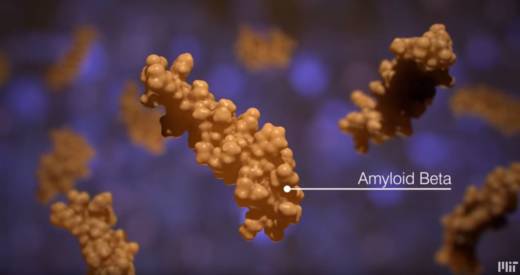Radiolab, a frequent favorite among the public radio set, uncharacteristically covered a bit of breaking news on Dec. 8, speaking to researchers who'd just published their novel approach to treating Alzheimer's-infected lab mice.
They found that after a week of treatment using optogenetics, which allows researchers to switch specific neurons in the brain on and off, the amyloid plaque that's believed to contribute to Alzheimer's was reduced by a startling 40 to 50 percent.
The researchers at MIT's Picower Institute for Learning and Memory inundated the brains of mice with bright flashing lights at a specific frequency, in order to trigger the nonfunctioning cells that normally clean the plaque to do their job again.
Li-Huei Tsai, the research laboratory's director, told Radiolab the results were exciting, but she didn't want to get ahead of the research in predicting it would translate into success in humans. The failure rate in Alzheimer's research has been notoriously high.
One of the interesting things about the technique is that it not only worked using the maximally invasive procedure of drilling holes in the mice's skulls, but also by simply flashing lights into their eyes.

